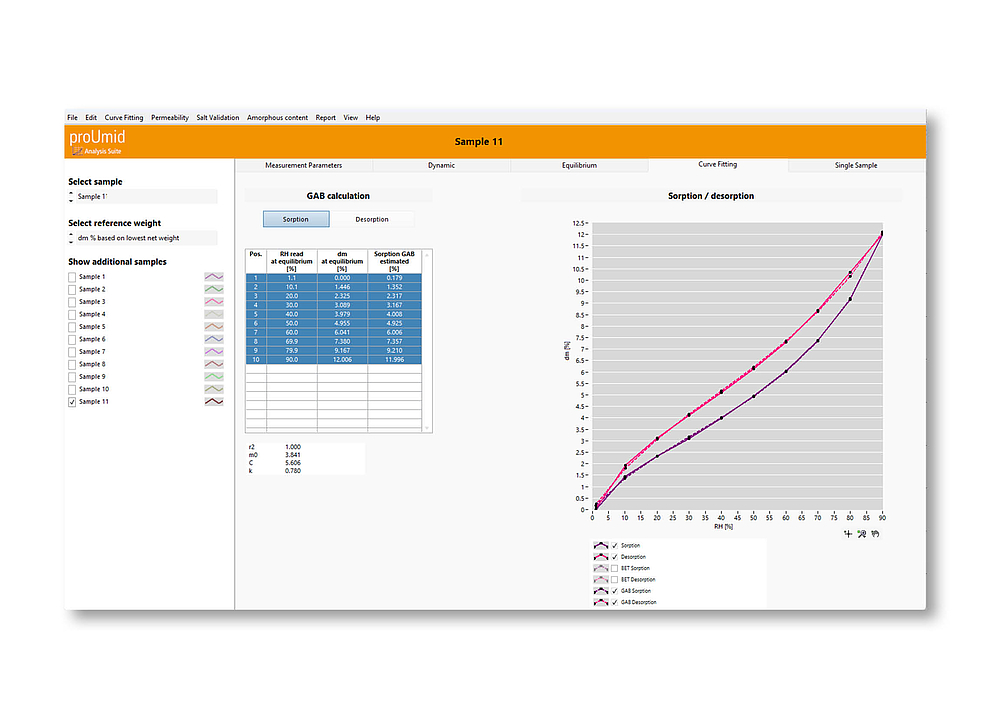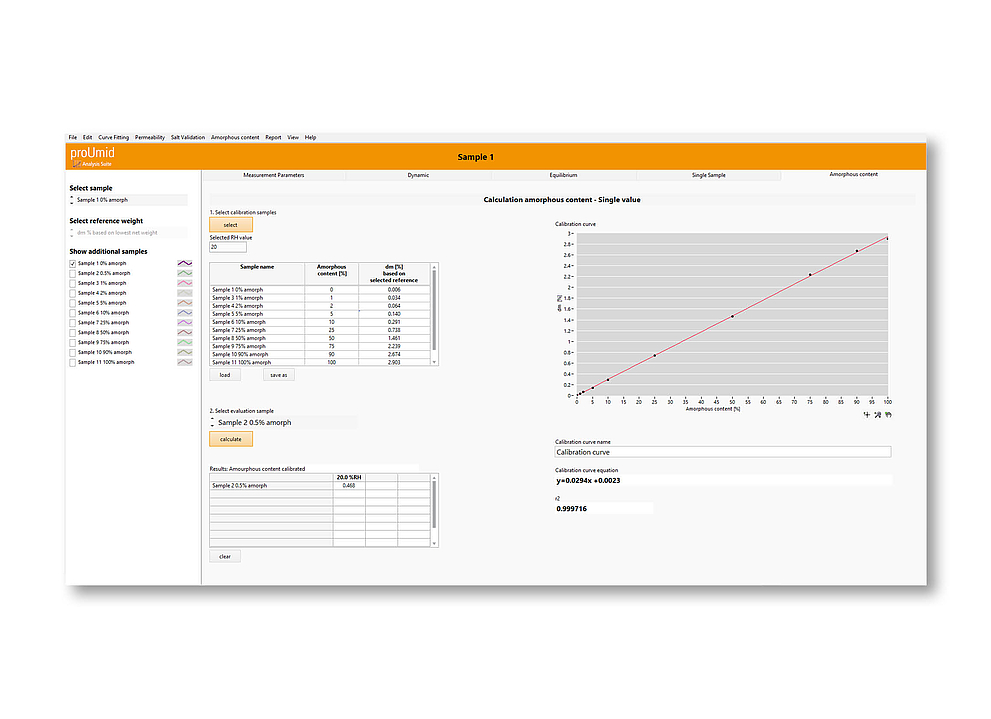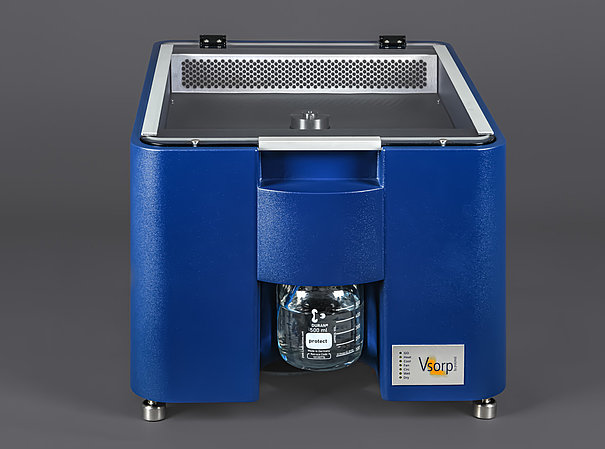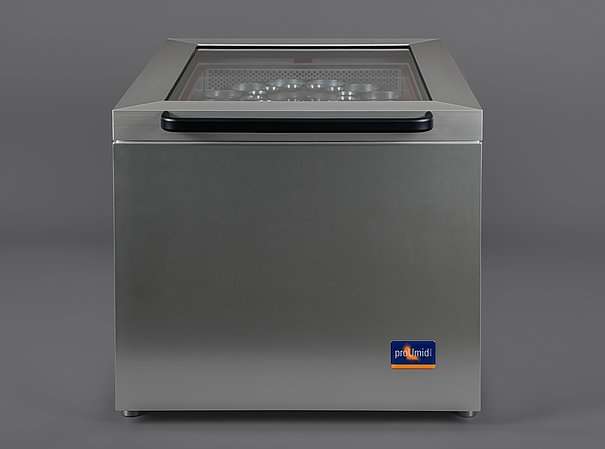proUmid's DVS analysis software allows for the import and advanced evaluation of measurement data from water vapor sorption analyses. Specifically developed for the convenient handling of multi-sample measurements, it is compatible with SPS and Vsorp systems.
- Tabular and graphical data analysis
- Customizable charts
- Curve fitting (BET, GAB)
- Report generation with templates
-
Tabular and Graphical Data Analysis
Enables the clear presentation of measurement data in tables and graphs.
-
Report Generation with Templates
Create reports based on individually configurable templates for professional documentation.
The Key Features of the DVS Analysis Software Package
- Tabular and graphical display of data
- Configurable and editable diagrams
- Advanced multi-sample data handling
- Curve fitting functionality (BET, GAB, etc.)
- Calculation of the water vapor transmission rate from permeability measurements
- Tool for simplified evaluation of calibration measurements
- Easy report generation with templates

Multi-cycle Sorption Measurements
The different sorption and desorption cycles of a multi-cycle measurement can be conveniently edited for perfect comparability of the sorption behaviour between different cycles. The user can select which cycles are shown and the colour and line style of the cycles can be customized.

Curve Fitting for Sorption Isotherms
The software enables curve fitting of sorption isotherm data to common curve fitting models such as BET and GAB. Different curve fitting models for a set of sorption data can be compared directly in the software.

Water Vapor Permeability
The water vapor transmission rate from permeability measurements of foils and films at different levels of relative humidity can be conveniently determined in the analysis software.

Amorphous Content Determination
A calibration curve is generated from a multi-sample measurement using prepared samples of known different amorphous contents. With the calibration curve saved in the software, the unknown amorphous content of other samples can be easily determined in subsequent measurements.




